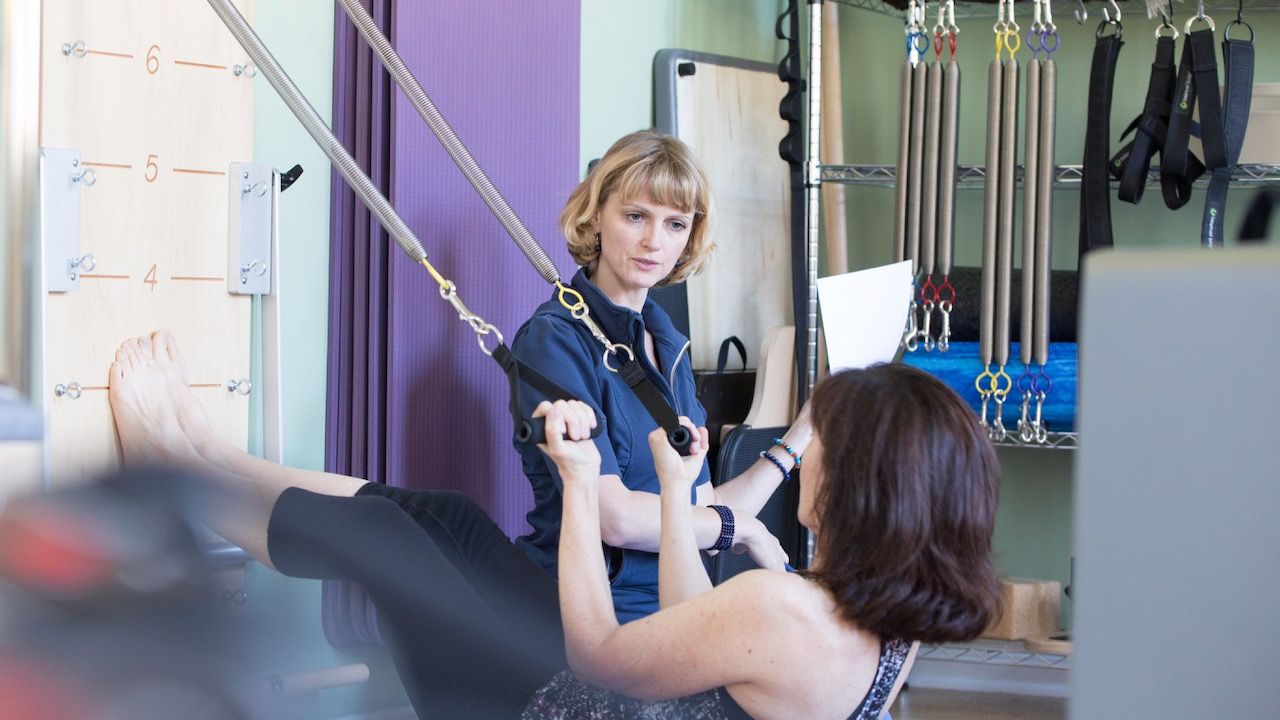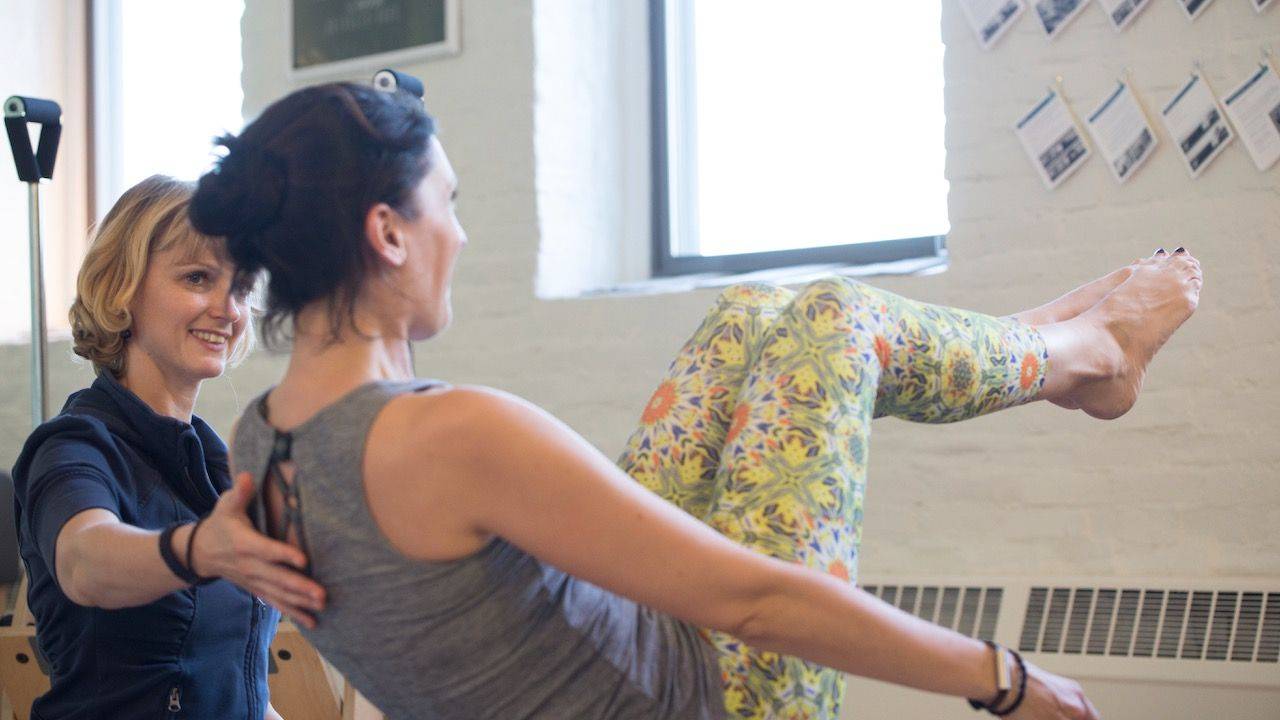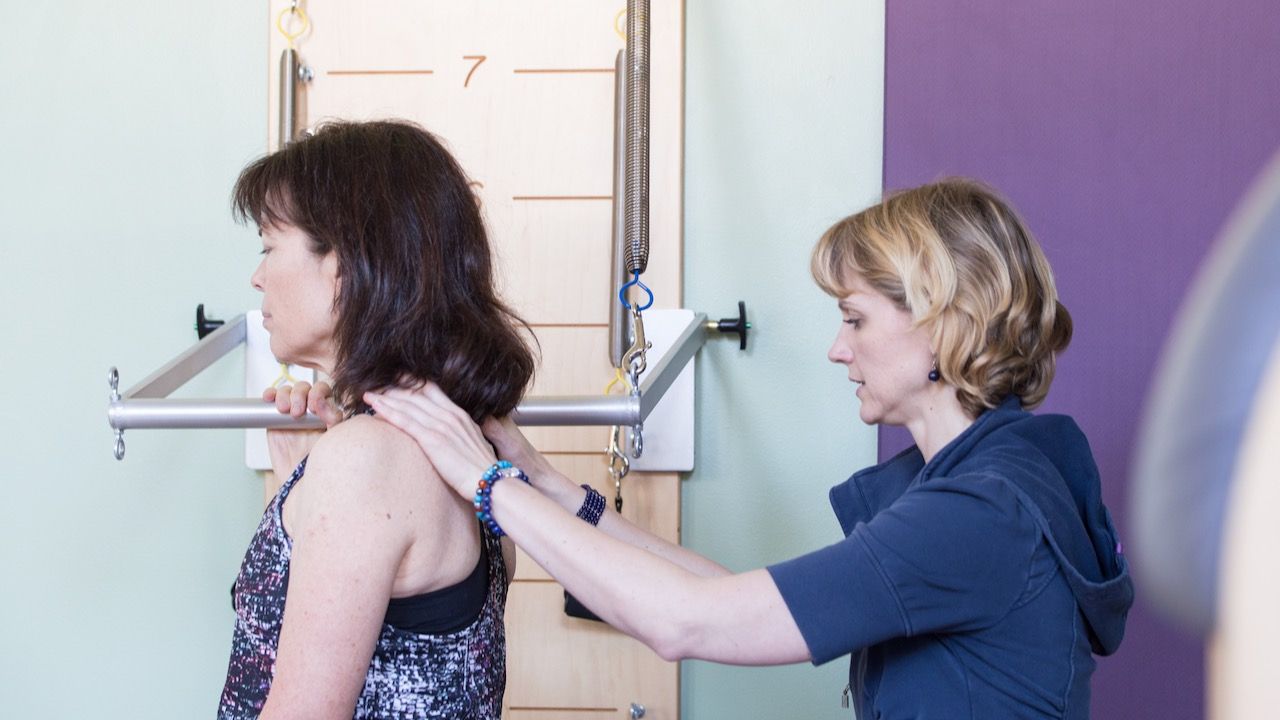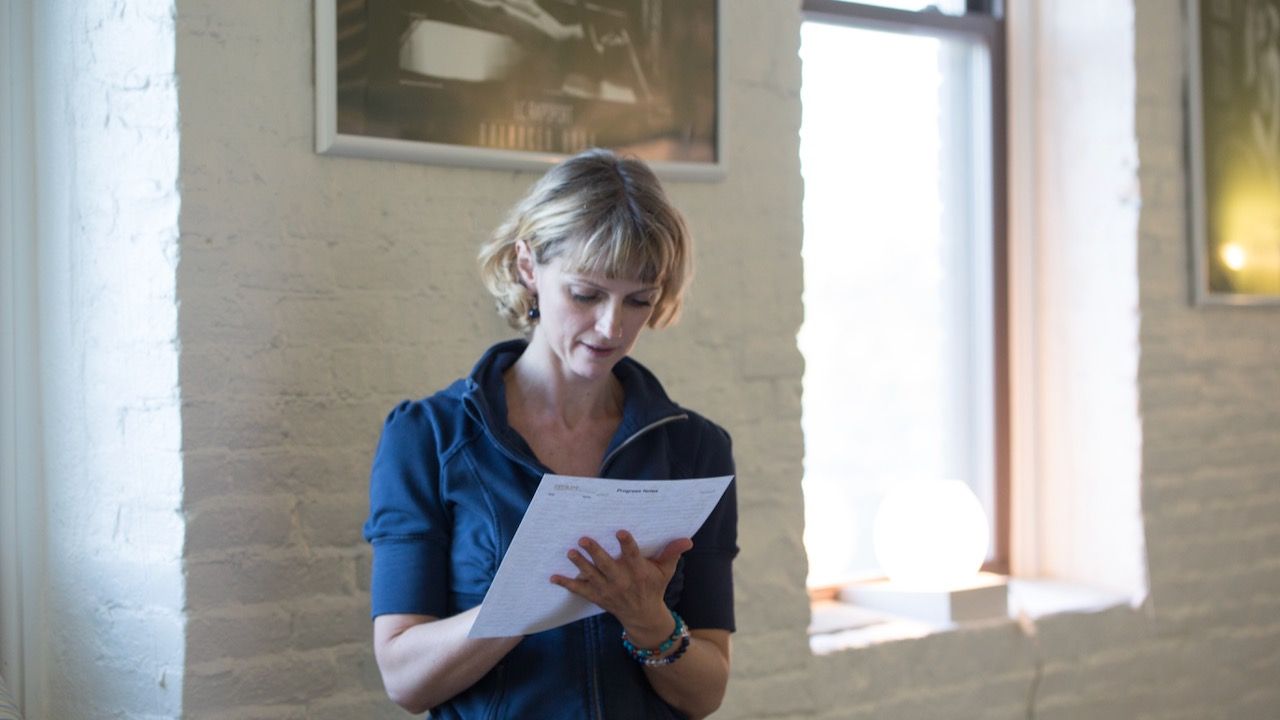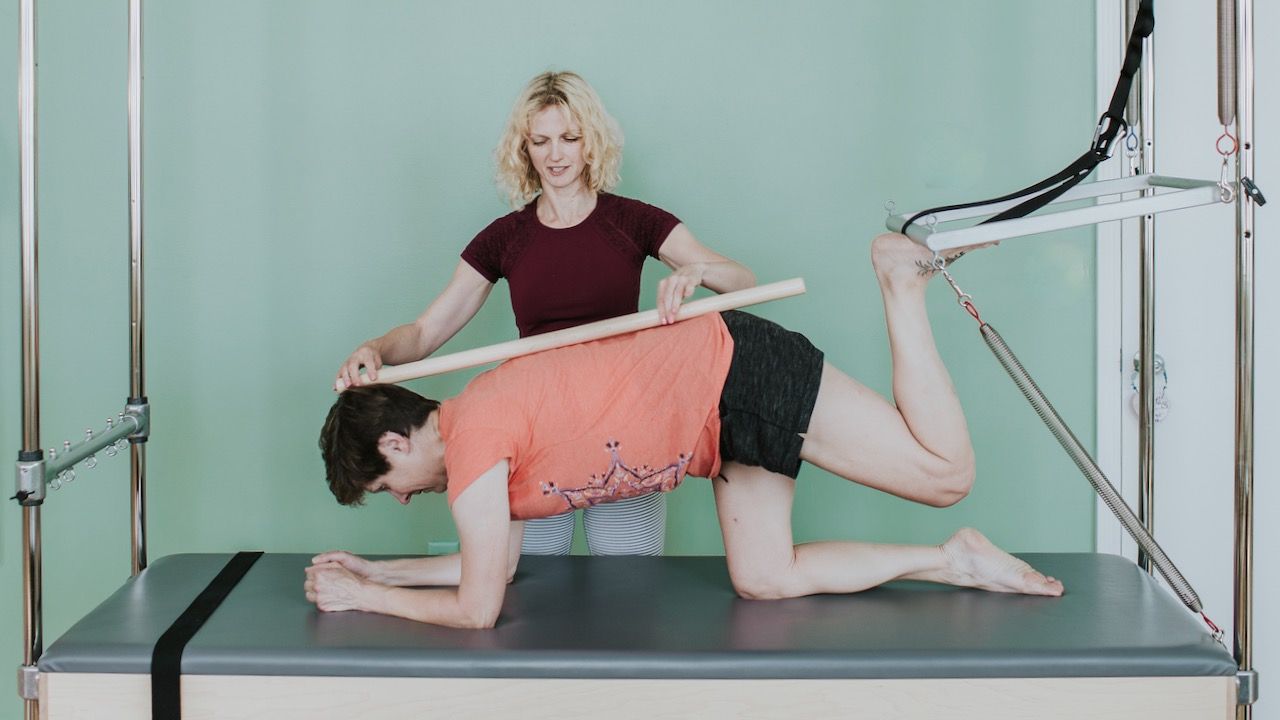
How to Improve Hypokyphosis (Flat Back Posture) With Pilates
Dec 24, 2019We usually picture the upper back as rounding backward, right? But if Pilates has taught us anything it's that each person is different. Maybe you've noticed that some of your students have flat thoracic spines. As you watch them move, perhaps you've noticed that the upper back also seems to be stiff and restricted.
What are some guidelines for teaching this body type?
First, it's important to remember that with a stiff and flat spine, mobility is reduced. Your student might just not be able to create big movements with their spine. It doesn't necessarily mean that you're cueing incorrectly or that the student isn't understanding you. There's just simply not a lot of movement and that's okay.
If we try to force a big movement, then we potentially overuse the few segments that do move well or strain our muscles trying to go further than our bones allow us to move.
That's why it's important to keep the movements small but detailed. Just because you don't see a huge movement, doesn't mean that nothing is happening. Your student might feel her muscles shaking and working plenty. Ask your student where she's feeling the exercise and how intensely.
How To Adapt The Chest Lift For Hyphokyphosis
Let's take the Chest Lift for example. Students with stiff thoracic spines will not be able to come up very high. The thoracic spine won't flex much. It's okay to keep the head a bit lower, otherwise, you will strain the muscles around the neck.
Is this contradictory to how you learned the correct form for the Chest Lift? You bet it is. Generally, it's better to lift the head, neck, and shoulders as high as possible in the Chest Cift, because the higher you curl up, the more vertical your cervical spine will be, which puts less strain on your neck muscles.
BUT - if coming up high is not an option - not due to weak muscles, but due to a limitation of your bones - then we have to accept that and go with it.
It's best to be content with just a few repetitions and focus on not using the neck at all. Keep all the work in the abdominals and thoracic spine. Even though it may not look like your student is moving much, she still might be feeling a lot!
We can't expect to make huge miraculous leaps of progress regarding mobility. Instead, we shoot for little bits of progress at a time and celebrate those successes along the way.
Tips For Using The Breath To Improve Hypophyphosis
In Hypokyphosis (a flat spine that has lost its curves) the sagittal diameter between the sternum and apex of the thoracic curve is narrower.
More About This Topic:
How To Improve Kyphosis With Pilates (It May Surprise You!)
Lateral breathing - like many of us practice in Pilates - causes the sternum and spine to move closer together. I have religiously been practicing lateral breathing for the past 20 years since I first started my Pilates practice. I’m really good at this. 😁 Over time, my ribs stretched wider and wider and pulled my thoracic spine closer to my sternum.
Turns out that this might have been one of the contributing factors for my now flattened thoracic spine. #toomuchofagoodthing
I don't think it was the only reason. My hypermobile lumbar spine might have caused the thoracic spine to create extra stiffness to make up for the instability of the lumbar spine.
I will now try to focus my breathing on expanding the anterior-posterior diameter of my rib cage. I’ll keep you in the loop about my progress.
More Tips For Improving Hypokyphosis
- To make spine flexion easier in spine flexion exercises, consider using the C-Shaper.
- Choose a spine corrector with a flatter curve, like the Pilates Arc by Balanced Body over a steep curve, like the Clara Step Barrel.
- When watching your client, focus on muscle activity, not a large movement.
Inside the Pilates Encyclopedia member library, we have a whole chapter called “Pilates Protocols” in which we list appropriate exercises for all major postural types, such as Kyphosis, Flat Back Posture and more. Learn more...
I'd love to hear from you: Do you have or work with someone with Hypokyphosis? What exercises, cues, or tips worked for you? Shoot me an email.

Get support with your day-to-day teaching challenges
Ready to Teach Pilates with Clarity and Confidence?
Sign up to receive my weekly email newsletter. It's jam-packed with Pilates articles, videos, exercise tutorials and teaching tips.
Only super valuable stuff here. No spam ever. Unsubscribe any time.







